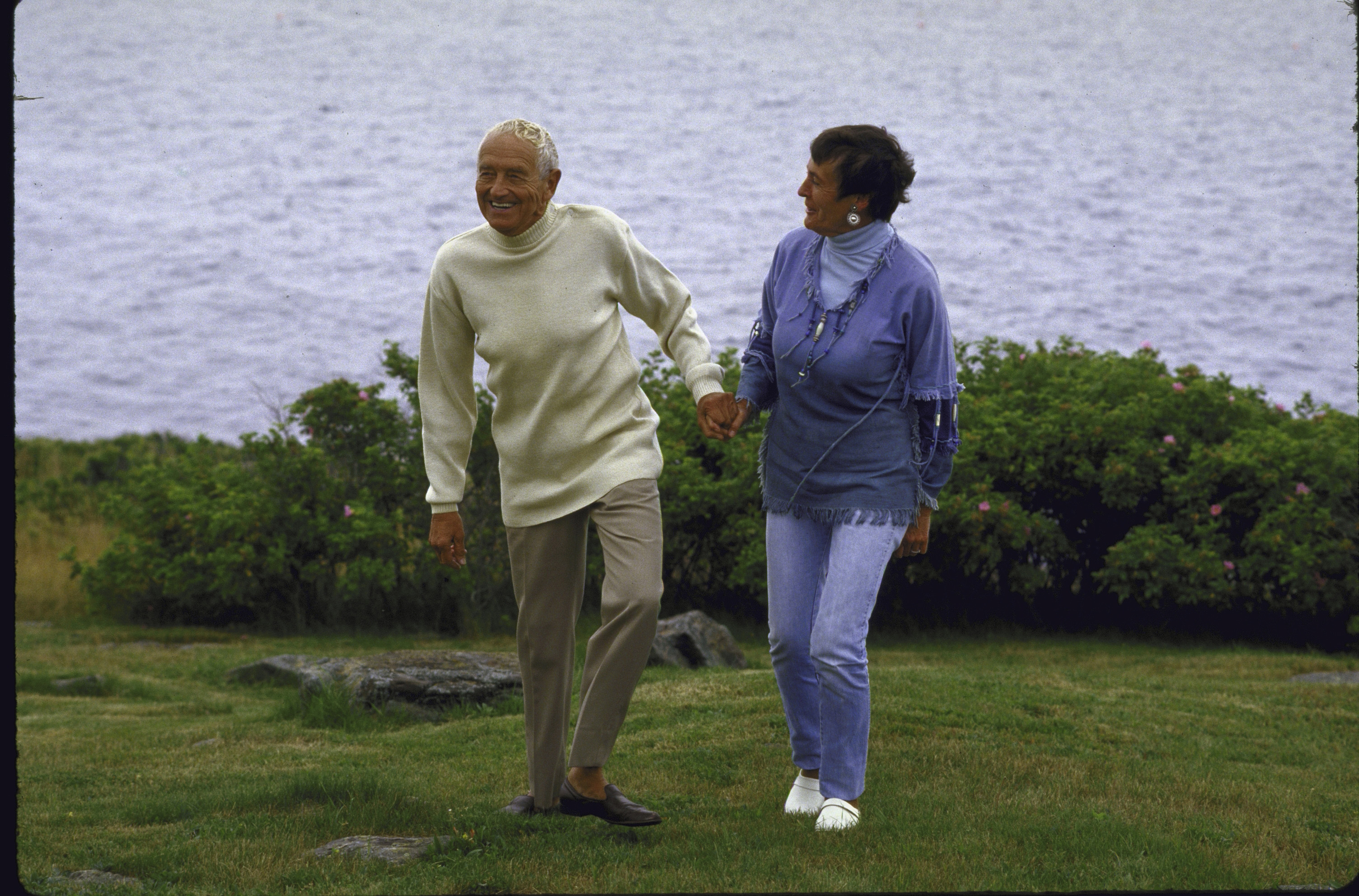
As part of a new collection-sharing agreement, the Wyeth Foundation for American Art is teaming up with two museums to conserve, maintain, and exhibit a trove of 7,000 works. Nearly 6,000 of them have never been seen, according to the New York Times.
Together, the Brandywine River Museum of Art in Chadds Ford, Pennsylvania, and the Farnsworth Museum of Art in Rockland, Maine, will house the works, as well as encourage scholarship of the artist’s work and facilitate loans to other institutions. The foundation is also financing a new position at Brandywine for a curator to steer the Wyeth collection management and publish the artist’s catalogue raisonné.
Andrew Wyeth, Sea Running (1978). Collection of the Wyeth Foundation for American Art. © 2022 Andrew Wyeth/Artist Rights Society (ARS).
The two museums, based in regions where Wyeth lived and worked, each hold half of the impressive trove, which numbers more than 7,000 works. Wyeth and his wife Betsy, who was his business manager and frequent model for paintings, set up the foundation in 2002 and opted to split the collection between the two museums. The foundation will retain ownership of all the works, while the Brandywine and Farnsworth museums manage their care and exposure.
“My mother was the mastermind of all this” painter Jamie Wyeth, the couple’s son, told the New York Times. Betsy was an integral part of her husband’s career, and famously named his best-known work, Christina’s World, in which a paralyzed woman crawls up the hill to her farmhouse.
Andrew Wyeth’s portrait of his wife Betsy, Maga’s Daughter (1966). Collection of the Wyeth Foundation for American Art. © 2022 Andrew Wyeth/Artist Rights Society (ARS).
In fact, it was Betsy who orchestrated the creation of the Brandywine Museum, when she suggested a neighbor who founded the area’s conservancy that he turn the land into a museum. “If you build it,” she told him, “we’ll put the pictures in it.”
Andrew Wyeth, Black Hunter (1938). Collection of the Wyeth Foundation for American Art. © 2022 Andrew Wyeth/Artist Rights Society (ARS).
Andrew and Betsy “had a somewhat curatorial view of how they liked to share what’s seen,” said Virgina Logan, executive director of the Brandywine Museum. “This is a new opportunity, without those restrictions, to really look at things with a fresh eye and expand the reach beyond the Brandywine and the Farnsworth.” Now, Wyeth’s entire oeuvre, including early works he rarely showed and unfinished works will all be made available to tell a more complete story of his career and its place in the history of American art.